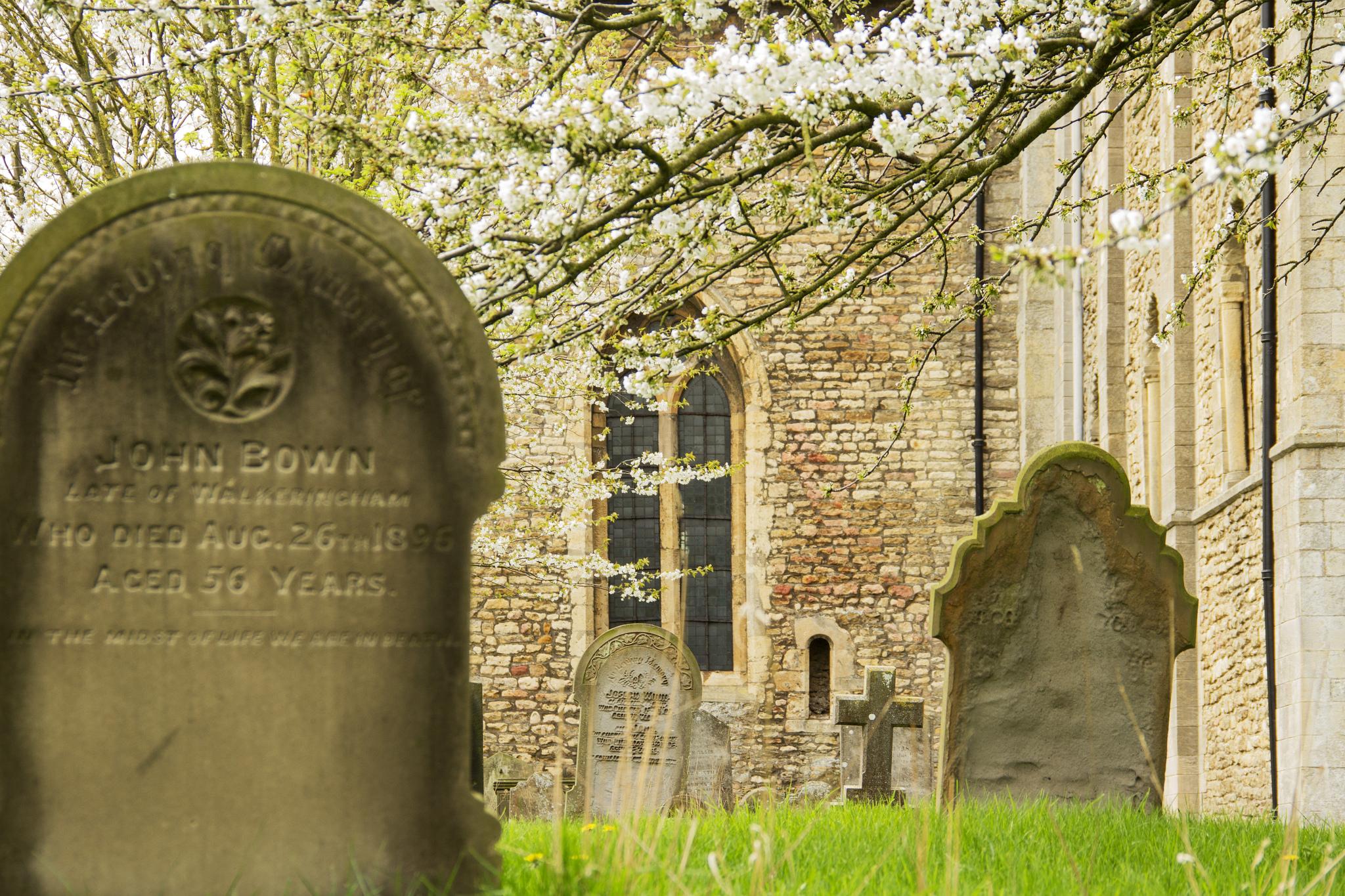St Edith
Coates by Stow, Lincolnshire
Unspoilt prereformation church including very rare rood loft, set in quiet garden within the medieval moated site.

Visit one of the most important Saxon parish churches in England, reputed to be the mother church of Lincoln Cathedral.
Stow, Lincolnshire
It has massive Saxon pillar, early Norman nave and a later Norman chancel. See the remains of a Thomas Beckett wall painting, a graffiti carving of a Viking ship dating from the 10th century, a 13th century font with no overtly Christian symbols and many 15th century pews with Victorian copies.
It was here that Bishop Aelfnoth, in about 975, built a church to serve as head Minster for the Lincolnshire part of his large diocese. Part of the bishop’s household of priests (which later became the cathedral chapter) lived at Stow and administered this area of the diocese. The memory of this period gave rise to the tradition that Stow was the mother church of Lincoln Cathedral.
It is also at least possible that a Saxon church stood hereabouts even before Aelfnoth’s building. According to legend, in the 7th century St Etheldreda rested at a place called ‘Stow’ while traveling from Northumberland to her eventual refuge at Ely. Her ash staff, planted in the ground, is said to have miraculously burst into leaf to provide her with shelter, whereafter the church of ‘St Etheldreda’s Stow’ (later renamed Stow St Mary) was built to commemorate the event. This legend is illustrated in a Victorian stained glass window high up the north wall of the chancel.
Bishop Aelfnoth’s work can be seen in the lower parts of the transepts and of the crossing. His church was destroyed by fire, the debris of which, including molten lead, has been discovered under the floors. The church was rebuilt by Bishop Eadnoth II in the 11th century and later enriched and endowed by Leofric, Earl of Mercia and his well known wife, Lady Godiva. A charter of 1054 survives describing what they did, and how they furnished the church with priests who were to sing the services in the way in which they were sung in St Paul’s cathedral.
By the time of the Norman Conquest, twelve years later, it is likely that the transepts and the crossing, which we can see now, and a chancel that has since been rebuilt, had been finished. In 1067 Remigius became the first Norman bishop of Dorchester on Thames, and before he moved his see to Lincoln in 1073, he built the nave of his Head Minster at Stow. This is the nave that we see today, except that buttresses and doorways were added some 70 years later.
After Remigius had moved his cathedral to Lincoln, he decided to make Stow into a Benedictine monastery by transferring monks from Eynsham Abbey near Oxford. This was done the year before he died, but his successor quickly moved them back again, and Stow became a simple parish church.
Coates by Stow, Lincolnshire
Unspoilt prereformation church including very rare rood loft, set in quiet garden within the medieval moated site.
Sturton by Stow, Lincolnshire
St Hugh's is a building designed by one of the leading church architects of the Victorian period, John Loughborough Pearson.
Willingham by Stow, Lincolnshire
St Helens is a simple19th century church with a Norman font and chancel arch, take a look at the winged imps for gargoyles around the church!